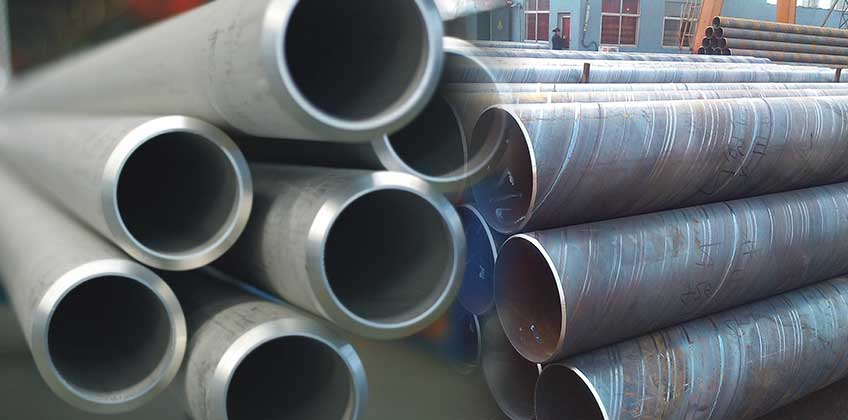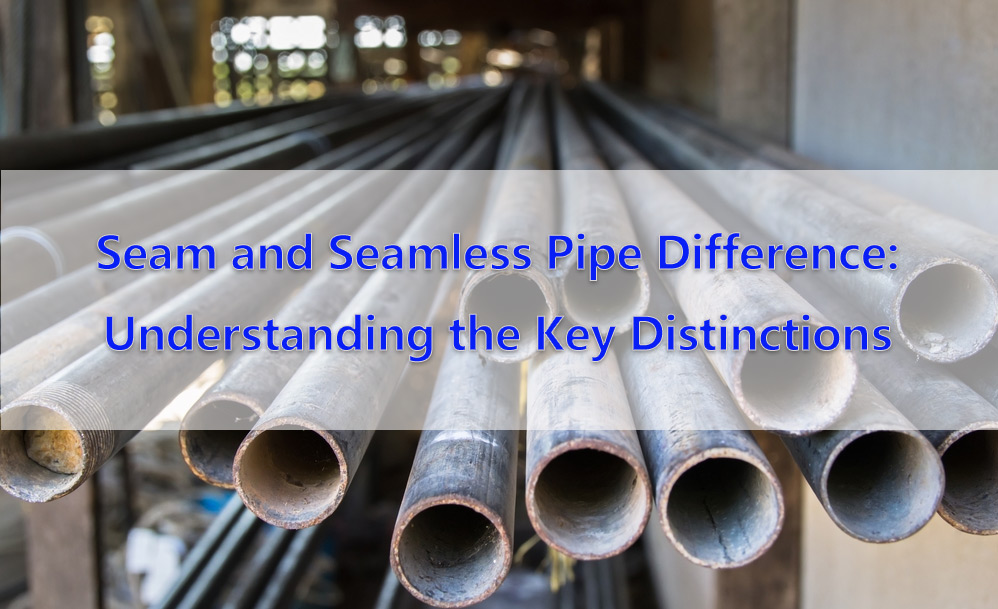Get a comprehensive understanding of the difference between seam and seamless pipes. Seam and seamless pipes are two distinct types of pipes used in various industries. By exploring their manufacturing processes, structural variances, and application areas, this guide will help you grasp the disparities and make informed decisions when selecting pipes for your specific needs.
Manufacturing Processes of Seam and Seamless Pipes
Seam and seamless pipes difference mainly in their manufacturing processes. This seam is then welded continuously to produce a cylindrical shape. On the other hand, seamless pipes are manufactured through a process called extrusion or rotary piercing. This process involves piercing a solid billet to create a hollow tube without any seams or welds.
Structural Variances Between Seam and Seamless Pipes
The structural variances between the seam and seamless pipes are significant. Seam pipes have a visible weld line along their length due to the welding process. This weld line can potentially weaken the pipe’s integrity and make it more susceptible to corrosion and leaks. In contrast, seamless pipes have a uniform structure without any welds or seams, resulting in superior strength, reliability, and pressure resistance.
Application Areas for Seam and Seamless Pipes
Seam and seamless pipes find application in different industries based on their structural differences. Seam pipes are popular in industries where cost-effectiveness and moderate strength are essential, such as plumbing, construction, and infrastructure. They are suitable for applications that do not require high pressure or extreme corrosion resistance.
Seamless pipes, with their superior strength and integrity, are popular in industries that demand high-performance pipes. These include oil and gas exploration and production, petrochemicals, power generation, and automotive manufacturing. Seamless pipes are ideal for applications that involve high pressure, extreme temperatures, and corrosive environments.

Examples Highlighting the Importance of Choosing the Right Pipe
- Oil and Gas Industry: In the oil and gas industry, seamless pipes are popular for offshore drilling operations. The seamless construction ensures reliable performance and integrity, even under high-pressure conditions, reducing the risk of leaks and failures.
- Automotive Manufacturing: Seamless pipes play a vital role in automotive manufacturing, particularly in exhaust systems. The absence of seams eliminates weak points, allowing for efficient exhaust gas flow and enhanced durability, even in high-temperature environments.
- Construction Sector: Seam pipes are popular in plumbing and structural applications within the construction sector. Their cost-effectiveness and moderate strength make them suitable for water supply systems, irrigation, and building frameworks.
Conclusion:
Understanding the difference between seam and seamless pipes is crucial when selecting the right pipe for your specific application. While seam pipes offer cost-effective solutions for moderate-strength applications, seamless pipes provide superior strength, reliability,
And pressure resistance, making them ideal for demanding industries such as oil and gas, petrochemicals, and automotive manufacturing. By considering the manufacturing processes, structural variances, and application areas, you can make informed decisions and ensure optimal performance in your projects.

